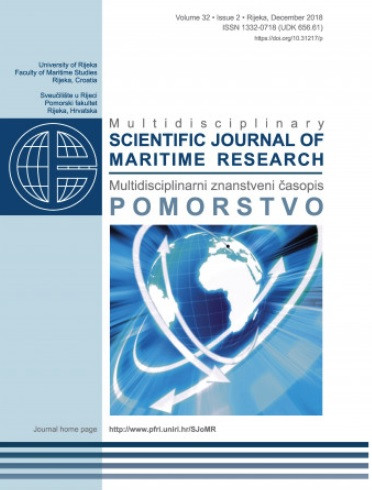This study presents innovative methods for solving practical challenges that occur during the operation of heavy diesel engines (DEs). The novelty of the method arises from the combined use of an artificial neural network, a single-zone DE combustion mathematical model, and data from real operation conditions. Using the proposed method, DE transient mode energy efficiency has been analysed, and the primary influencing factors have been identified: qcycl and dqcycl/dt. The adequacy of the method has been tested for CAT3512B-HD series engines installed on freight locomotives. The difference between the model results and experimental data has been 3–4%. CAT3512B-HD series DE transient operation studies have shown that at the low-load range of qcycl (up to 36% of nominal), the fuel consumption during transient operation increases by 10% compared to steady state operation. Transient operation efficiency is not influenced by the operation rate (dqcycl/dt) in the analysed -0.016 to 0.016 g/s range. Near the nominal power (qcycl increases up to 0.5 g/cycle), it is necessary to limit the dqcycl/dt range to 0.006 g/s to avoid overexploitation of the fuel by more than 100%. The proposed method has been recommended for practical use in optimizing vehicle operation load cycle structure by adapting the engine control to the concrete operation conditions, as well as for overall efficiency improvement.
Sažetak

 Pomorstvo : multidisciplinarni znanstveni časopis = multidisciplinary journal of maritime research : 32, 2(2018) / glavni urednik Serđo Kos.
Pomorstvo : multidisciplinarni znanstveni časopis = multidisciplinary journal of maritime research : 32, 2(2018) / glavni urednik Serđo Kos.